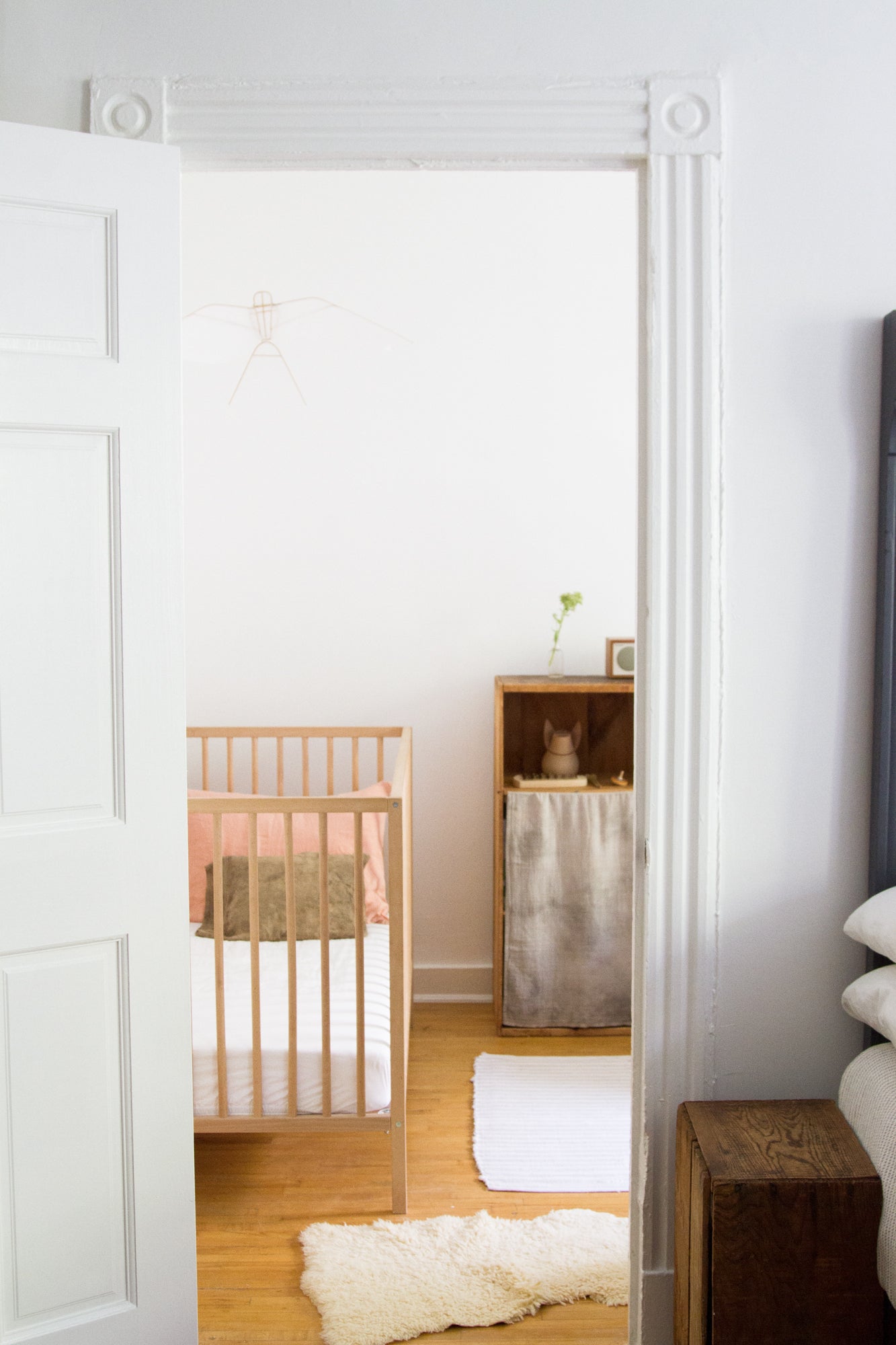The Most Eco-Friendly Place to Find Furniture Isn’t a Store
How to be greener in 2019.
Updated Oct 13, 2021 7:33 PM
We may earn revenue from the products available on this page and participate in affiliate programs.
The beginning of a new year is a consistently motivating time to take action on goals that can often be forgotten about by the time March or even February comes along, but it’s also a time to adopt important lifestyle changes that don’t necessarily boil down to a number, concrete goal, or specific achievement. That’s precisely why there’s no better time than now to embrace a few easy changes that can help you to fulfill a distinctly important resolution: In 2019, you can embrace sustainability for good.
By now, it’s a firm fact: We need to take environmental action to reduce the effects of global warming, as a UN report recently declared humans have just 12 years to reduce carbon emissions before temperatures reach a point of no return. Though the planetary scope of our everyday actions may seem intimidating, however, it’s totally possible to take simple, actionable steps to reduce your carbon footprint. And for Erin Boyle of Reading My Tea Leaves (Domino’s Best Small Space Blog of 2017), it’s pretty easy being green.
Follow her top tips for being kinder to the planet in 2019, and your home will look and feel calmer, cleaner, and totally sustainable.
1. Cut Down Your Food Waste
Find yourself throwing out rotten produce week after week? Reconsider the things you actually consume, and plan ahead to make sure that bag of spoilable greens makes it onto your plate. “I’m really trying to think about—especially during the week with kids—just making super simple meals so that things get used,” Boyle says. “We have the advantage of living in the city, we live two blocks away from a spot where there’s a farmers market three days a week. So we’re able to do frequent, low-impact shopping. Think about the foods that your family is eating. It doesn’t have to be complicated—my kids’ absolute favorite meal is rice and beans.”

You can also further reduce your food waste by getting a chic compost bin that will look good on your countertop, saving your vegetable scraps in the freezer to make your own stock, and opting for a service like The Wally Shop to buy waste-free groceries.
2. Make the Old New
Before you immediately buy a new gadget, tool, or accessory, consider what you already have. Yellowed T-shirts can easily be cut into rags, old peanut butter jars turn into Tupperware, and clothes can even become curtains (yes, really).
“I actually just made new curtains from old scrap materials that I have. I did hand stitched curtains with this Korean technique called pojagi,” Boyle says. “That was such an interesting practice because it’s both purposeful—we needed curtains, especially because the leaves all fell down and now people can see in our windows—but also from a design perspective, I really wanted something specific and I couldn’t find it. I finally found a system that worked for me. Ultimately, that is the most sustainable design.”
3. Optimize Your Utilities
If you can set the temperature in your home, consider distributing heat and air in a way that makes sense in your space. “Living in a small space, for one thing, really helps our family focus on consumption and what we’re bringing into it, which is a big part of sustainability,” Boyle says. “There aren’t empty rooms that we’re heating—we have just what we need. In New York City buildings, we have these massive old steam radiators that are so energy inefficient—they pump heat, and we’re all overheating. Feeling like you have the agency to [talk to your super] and be like, ‘Hey, turn down the building thermostat!’ or ‘Are there ways we can be more efficient?’” can really help.” Better yet? Your utilities bill might even go down.
4. Slow Your Decorating Pace
When you move into a new home, don’t feel compelled to immediately fill it. “I’m comfortable with the fact that, for me, there is no such thing as an end goal in design,” Boyle says. “For the individual person creating their own space, I think getting rid of the notion that there is going to be an endpoint and instead embracing the process slowly and finding things that you really love that you can afford—and also doing the least damage to the planet—is a really noble thing.”
A trip to Ikea to gather every single item on your list can be tempting, but when you take your time to furnish a space, you end up with things you actually love—and that means you end up with things you’ll actually keep for years. “I’m all about going slowly and buying secondhand and making it your own,” Boyle adds. “If you’re buying a table and you end up not loving it, that can be passed on to someone else as something that was solidly made. It doesn’t mean you have to have a totally mismatched house—if you go slow enough and make enough swaps, you’ll to where you want to be.”
5. Scout Outside Stores
There’s a place you’re likely not taking advantage of when it comes to snagging furniture, and, as it turns out, it’s the most affordable place of all. “About 95 percent of the things in our house have come to us either through things we have literally found on the street or things that we’ve gotten from sales or Craigslist,” Boyle says. Check Craigslist’s free page to see what things can be saved from the dumpster, and you might just find what you’re looking for.
Admittedly, not everything you find secondhand will perfectly fit your needs, but when your base item comes at a low cost (or for free), DIY projects come with far less risk. “Earlier this spring, I found a dresser on the street—it was probably more like a china cabinet. I put in some new panels and painted it and now it’s my kids’ chifferobe. Doing projects like that is so satisfying,” Boyle adds. “I’m literally sitting at a table right now that we found the day we moved to Brooklyn almost 10 years ago. We literally found it on the street as we moved in. We had put our own table—it was too big to fit into the apartment—on the sidewalk, took a lunch break, and found another smaller one.”
Sometimes, the perfect thing comes to you right when you need it, but other times, it takes a bit of time to assemble the room of your dreams. But when you do it in a way that minimizes environmental damage and creates a comfy home that prioritizes sustainability, everyone wins.
More ways to go green:
Want to Be More Sustainable in 2019? Try This One Simple Swap
15 Easy Swaps You Can Make Right Now for an Eco-Friendly Kitchen
Water Bottles That Do So Much More Than Hold Your Water





